
All categories
Featured selections
Trade Assurance
Buyer Central
Help Center
Get the app
Become a supplier

(56596 products available)






























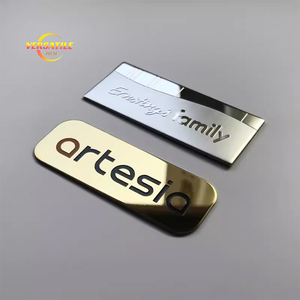
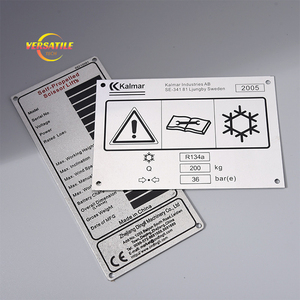




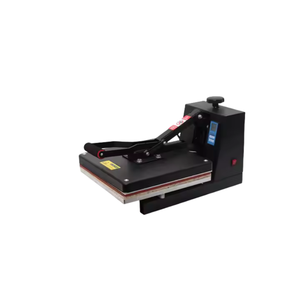


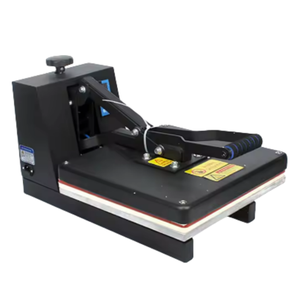











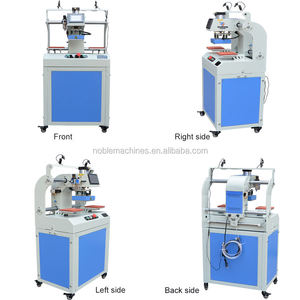
embossed printing machine have been pivotal in the printing industry, offering unique capabilities for producing high-quality print materials. These machines are specifically designed for relief printing, a process that involves printing from a raised surface, making them ideal for applications such as letterpress and flexography. The intricate design and functionality of embossed printing machine allow them to transfer ink onto a substrate with precision, ensuring that every print run meets the standards required by industries such as publishing, packaging, and labeling. As technology advances, these machines continue to evolve, incorporating new features to enhance efficiency and output quality for various commercial purposes.
There are several types of embossed printing machine available, each catering to different printing needs. The most common types include rotary relief printing machines, flatbed relief printing machines, and cylinder relief printing machines. Rotary machines are known for their speed and efficiency, making them ideal for large-scale production. Flatbed machines offer versatility and precision, suitable for smaller print runs and intricate designs. Cylinder machines, on the other hand, are perfect for printing on curved surfaces, such as containers and bottles. Each type of embossed printing machine is engineered to meet specific requirements, ensuring optimal performance for its intended use. Understanding the differences between these types can help businesses choose the right equipment for their printing needs.
embossed printing machine are equipped with various functions and features that make them indispensable in the printing industry. They provide consistent ink transfer, ensuring high-quality prints with uniform color and clarity. Advanced features such as automated plate alignment, adjustable pressure settings, and integrated drying systems enhance usability and efficiency. Automated plate alignment allows for precise image registration, reducing waste and improving print accuracy. Adjustable pressure settings enable customization for different substrates, ensuring optimal ink adhesion. Integrated drying systems speed up the production process by reducing drying time, allowing for quicker turnaround. These features make embossed printing machine a valuable asset for businesses looking to deliver high-quality printed materials.
The production of embossed printing machine involves the use of high-quality materials and components to ensure durability and performance. Typically, these machines are constructed from robust metals such as steel and aluminum, which provide structural integrity and resistance to wear. Precision-engineered components such as rollers, plates, and ink reservoirs are made from high-grade materials, ensuring smooth operation and longevity. Additionally, modern embossed printing machine incorporate advanced electronic systems to enhance functionality, such as digital controls and automated settings. These materials and components are carefully selected to ensure that the machines can withstand the rigors of commercial printing, delivering reliable performance over time.
To maximize the benefits of embossed printing machine, it is essential to understand their operational requirements and maintenance needs. Proper setup and calibration are crucial for achieving optimal print quality. Regular maintenance, including cleaning and lubrication, ensures the longevity and efficiency of the machine. Operators should be trained to handle the equipment safely and effectively, minimizing downtime and ensuring consistent output. Additionally, understanding the capabilities and limitations of embossed printing machine can help in selecting the appropriate substrates and inks for each print job, optimizing the printing process. By adhering to best practices and maintaining the equipment properly, businesses can ensure that their printing operations run smoothly and produce high-quality results consistently.
Selecting the right embossed printing machine requires careful consideration of various factors that align with specific printing needs. The first step is to assess the volume and type of printing tasks the machine will handle. For businesses with high production demands, rotary relief printing machines may be ideal due to their speed and efficiency. In contrast, flatbed machines might be better suited for detailed and smaller print runs. Additionally, the choice between manual and automated machines depends on the level of precision and labor resources available. Understanding the capabilities of each type of embossed printing machine can help in making an informed decision that optimizes productivity and quality.
Another crucial aspect is the compatibility of the embossed printing machine with different substrates and inks. Certain machines are designed to work with specific materials, such as paper, cardboard, or plastic, and choosing the wrong machine can lead to suboptimal results. It's essential to evaluate the machine's ability to handle the desired substrates and the types of inks it supports. This ensures that the embossed printing machine can meet the quality standards required for the final product. Consulting with manufacturers or suppliers about the machine's specifications can provide valuable insights into its suitability for specific printing applications.
Regular maintenance is vital for the longevity and efficiency of embossed printing machine. This includes routine cleaning to prevent ink build-up, lubrication of moving parts to reduce wear and tear, and periodic inspections to identify any potential issues early. Proper maintenance ensures that the machine operates smoothly and produces consistent, high-quality prints. Engaging in preventive maintenance can also minimize downtime and extend the lifespan of the equipment.
Relief printing machines, such as embossed printing machine, differ from other printing technologies like offset or digital printing in their method of ink transfer. Relief printing involves a raised surface that transfers ink onto a substrate, which is distinct from the flat plates used in offset printing or the digital processes that do not require physical plates. This unique approach allows for specific applications such as embossing and creating tactile textures, making relief printing suitable for various specialized uses.
Environmental considerations for embossed printing machine include the choice of eco-friendly inks and substrates, as well as energy-efficient machinery. Selecting inks that are low in volatile organic compounds (VOCs) can reduce environmental impact. Additionally, using recycled or sustainably sourced substrates can support green initiatives. Some modern relief printing machines are designed with energy-saving features, further contributing to a more sustainable printing process.
Yes, embossed printing machine can often be customized to meet specific printing requirements. This customization may involve adjusting the machine's settings to accommodate unique substrates or incorporating additional features such as specialized rollers or plates. Customization allows for greater versatility in printing applications, enabling businesses to produce a diverse range of products with varying textures and finishes.
Operating embossed printing machine can present challenges such as ensuring precise image registration and managing ink consistency. These challenges require skilled operators who understand the intricacies of the machine and can make necessary adjustments during production. Another common issue is the wear and tear of components, which can affect print quality if not addressed promptly. Regular training and maintenance can help overcome these challenges and ensure optimal machine performance.